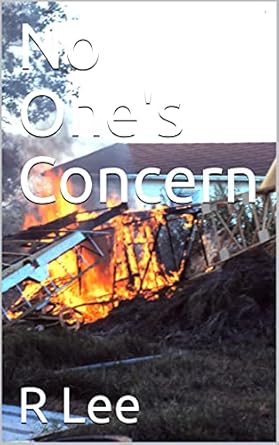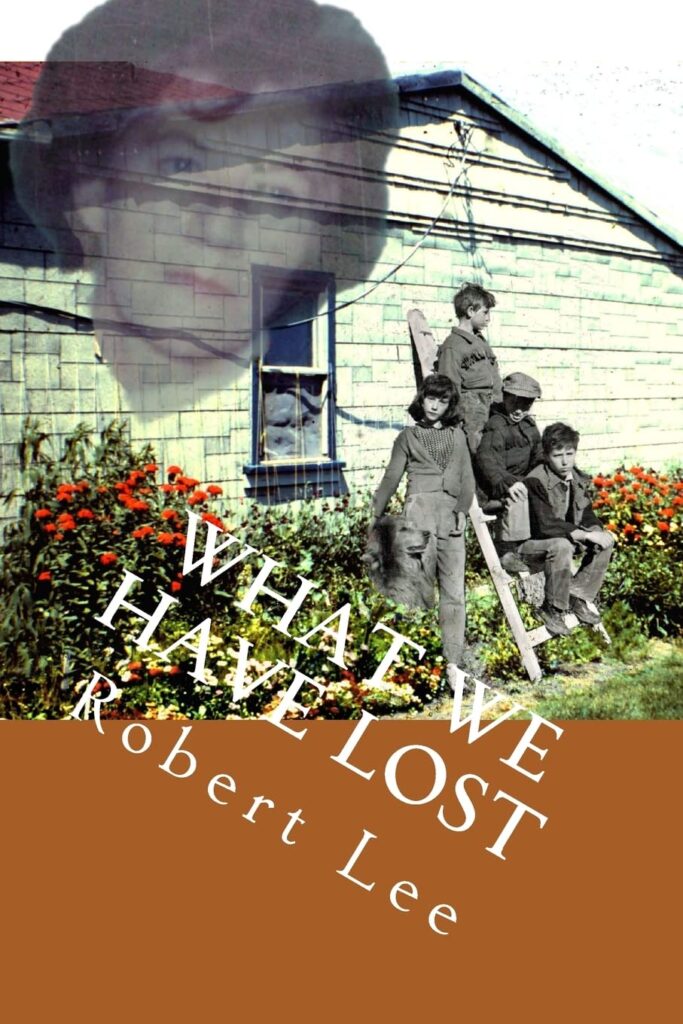While the entire Interlake region has a population of around 80,000 people, it has at least fifteen giant statue collections, some not even located within ten kilometers of a community.
Some, like the Komarno giant mosquito, remind us of our unlimited supply of mosquitoes in the summer, or the Inwood garter snake statue that boasts of the world’s largest dens of harmless red sided garter snakes.
Then there is the Meleb mushroom statue, paying homage to the bounty of edible mushrooms in the Interlake. Like almost everything in our province, we have very few poisonous or harmful mushrooms (and no venomous snakes).
Poplarfield, with fewer than thirty homes, has the largest King Buck white tailed deer statue in Canada, while to the west, in Lundar we find a giant Canada goose or a giant sharp-tailed grouse slightly north of that in Ashern. Both represent the prevalence of each bird in the area.
Not to be outdone on the bird front, Petersfield on Netley Creek has its own giant mallard, while Moosehorn (where you would expect to find moose) has a field of concrete fantasy statues erected decades ago by a local farmer.
Selkirk, a city of roughly 10,000, erected a giant catfish, but some locals say that the nearly twenty-five foot statue isn’t an exaggeration of the size of catfish caught locally in the Red River.
Continuing with the wildlife theme, Riverton has a giant moose.
Winnipeg Beach pays tribute to the local First Nations and Anishinaabe people with something none of these first peoples ever made: a totem pole, but a pole featuring only a First Nations chief rsther than wildlife.
Gimli reaches into folklore and fantasy with a statue of a Viking, replete with horns (which, apparently, the Norse did not wear), but it is an acknowledgment of the region’s large Icelandic population.
Arborg decided it wanted to brag about its curling prowess by building a very large curling rock.
Fisher Branch opts to remind people of its early history, with a giant wagon wheel.
That leaves Stonewall, remaining true to its roots as a quarry that produced high quality limestone that was shipped across the country. Its Quarry Park has two kilns to greet people who enter the park.
While the Interlake may have the most roadside statues per capita than any other part of the province, it is likely that there are more that will sprout up in coming years. After all, the Interlake is a farming region!
Visit Interlake Tourism for a map of these wacky attractions. https://interlaketourism.com/larger_than_life/full-map-of-our-larger-than-life-statues-roadside-attractions/

“Fear doesn’t stop death. It stops life.” Ann raised her four offspring exactly the same way, insisting that they face all the hardships that life could toss at them and never back down. Face fear, without flinching. It was the paucity of the family’s everyday existence that would fortify them, shape them and force them to survive. Her mantra was more than tough love. It was a snarling, attack-the-world-before-it-attacks-you philosophy that the children could either adopt and embrace or from which they could flee. Garry, of all her kids, took her dictum to heart. After all, Ann’s and her offspring’s hearts were not likely to be used for other purposes. And Garry needed her approval, more than anything in his life. He feared losing it, with every thing he did and every breath he took.
His story is not unique, but his life is exceptional. A mechanical genius, a social eremite, Garry struggled to find his own way, but remained bound by the rules that Ann imposed, even in her death. He craved love and affection, yet fled from intimacy. Always struggling to succeed, always falling back as triumph seemed within reach, Garry lived the only way he could manage. It never was enough.

When the hen lays her eggs, the shells are soft and pliable, forming their durable armour as they experience the outside world. Each of us enters the world, with similar flawed and weak shells. Our shells are not broken and cracked by life, but are formed of the fragments that we encounter, piece by piece, growing more complete with each experience. What We Have Lost is a series of disconnected anecdotes in the lives of a family shaped by extreme poverty. These individual narratives chronicle the slow sculpting of the characters, as they fuse with their world, enveloped in mental illness. Molded by their mother’s paranoia, social isolation and obsessive drive to instill the hunger for learning and sense of duty to others, the four siblings evolve in unique and often pathological ways. Not knowing or understanding the bonds of familial love, Garry, Judy, Rob and Roger need to discover their own path to personal peace. None may make it. What We Have Lost exposes the cruelty of poverty. It opens up the heart of that world, in surprising and convoluted ways. The pathos is clear, the hidden pleasures need unearthing. What We Have Lost is a collection of anecdotes, but, as you read, you will find that they are far from disconnected, after all.